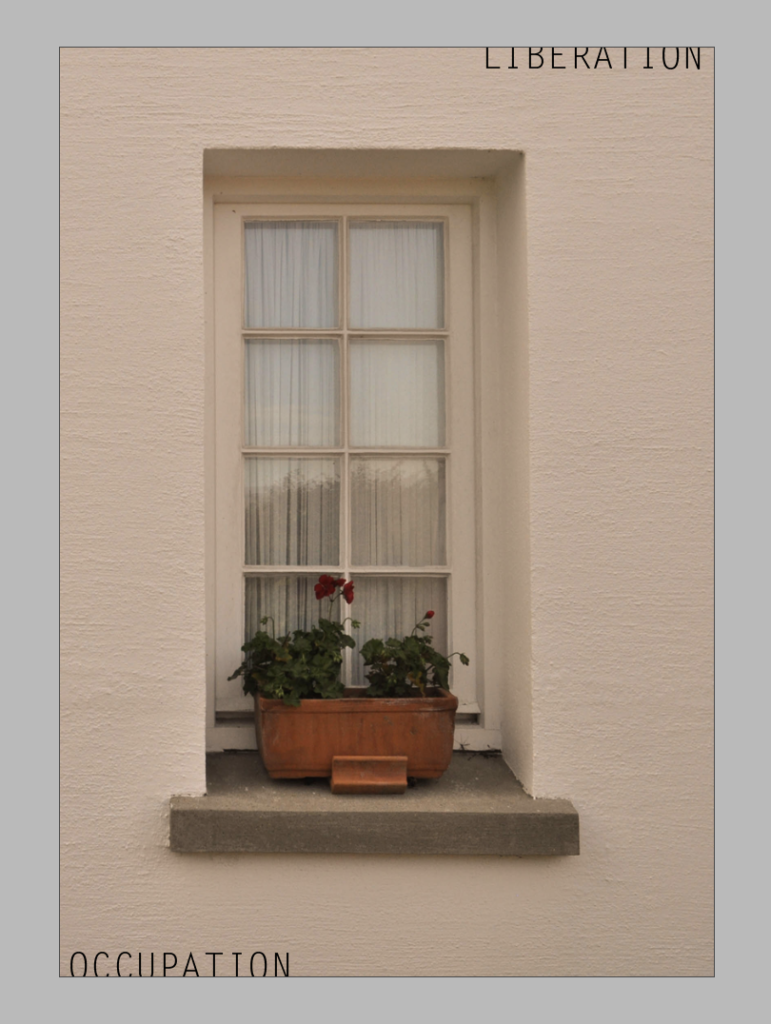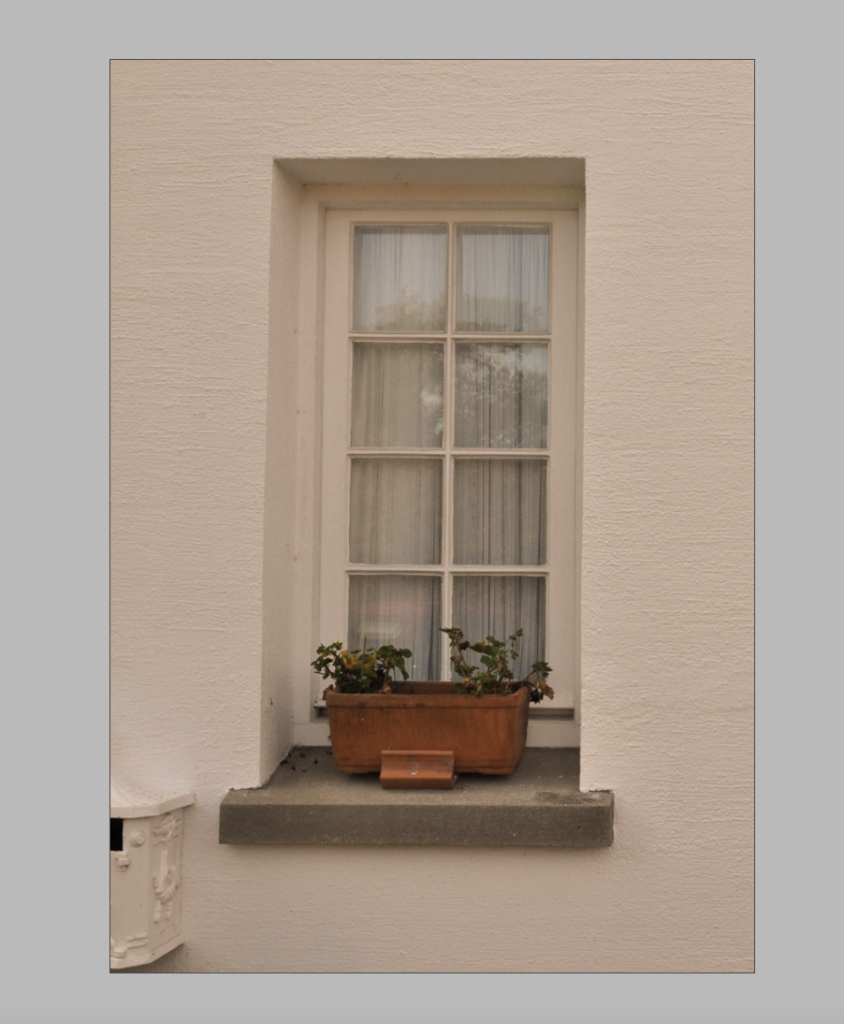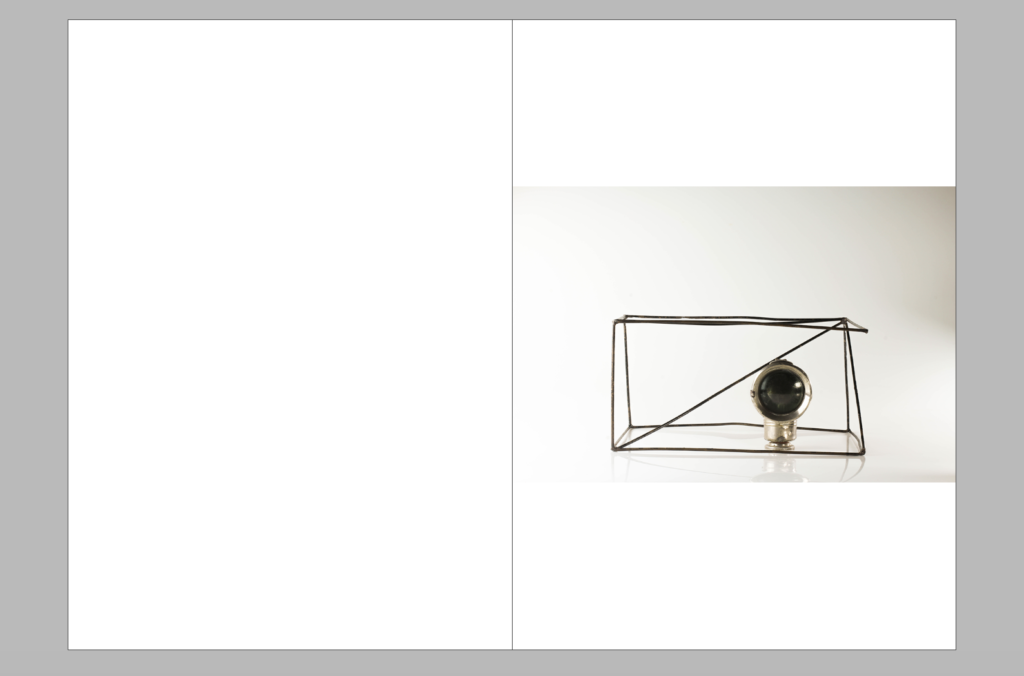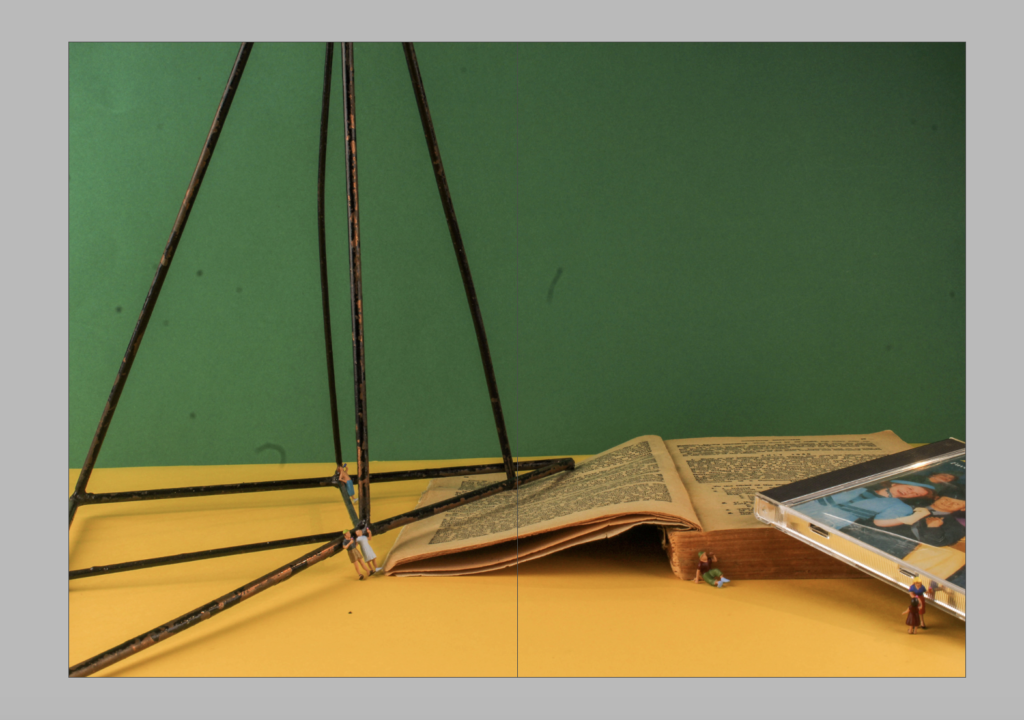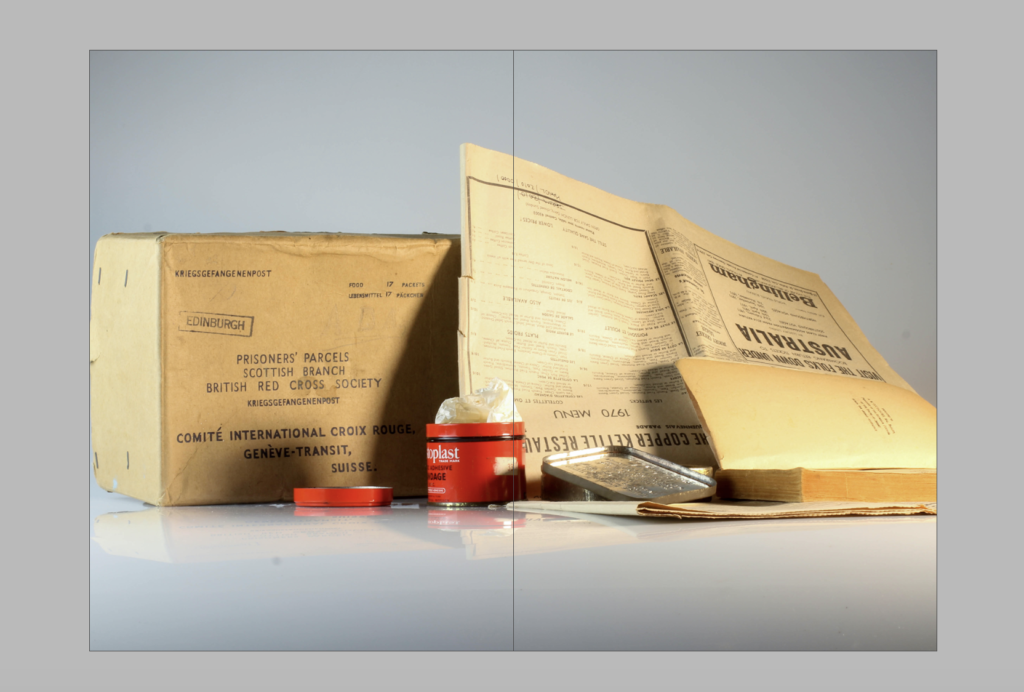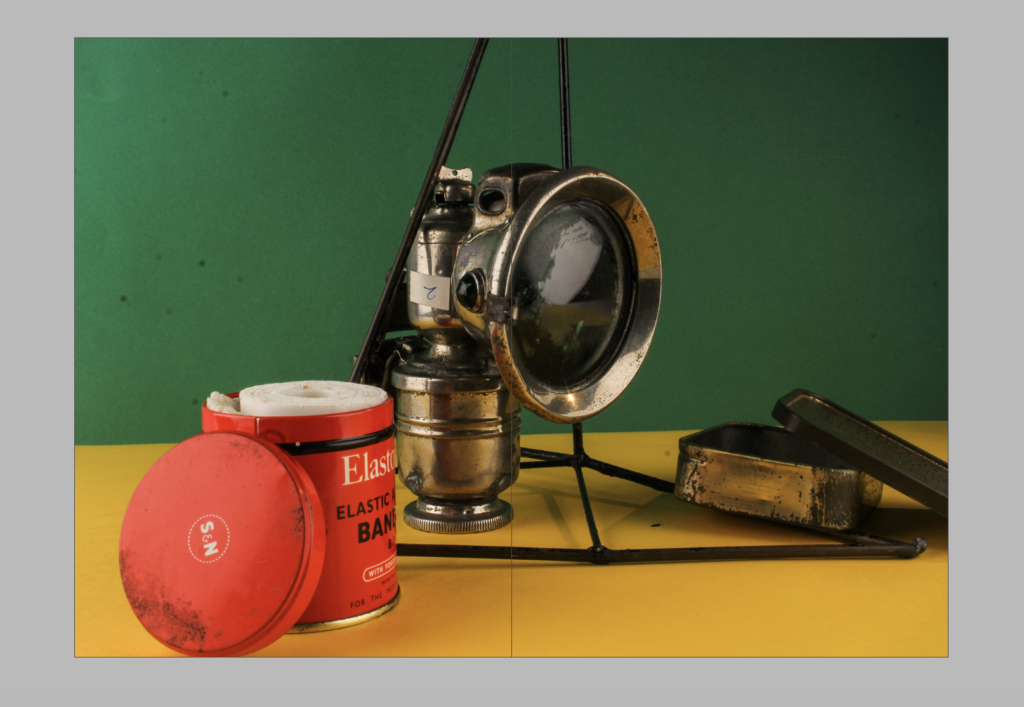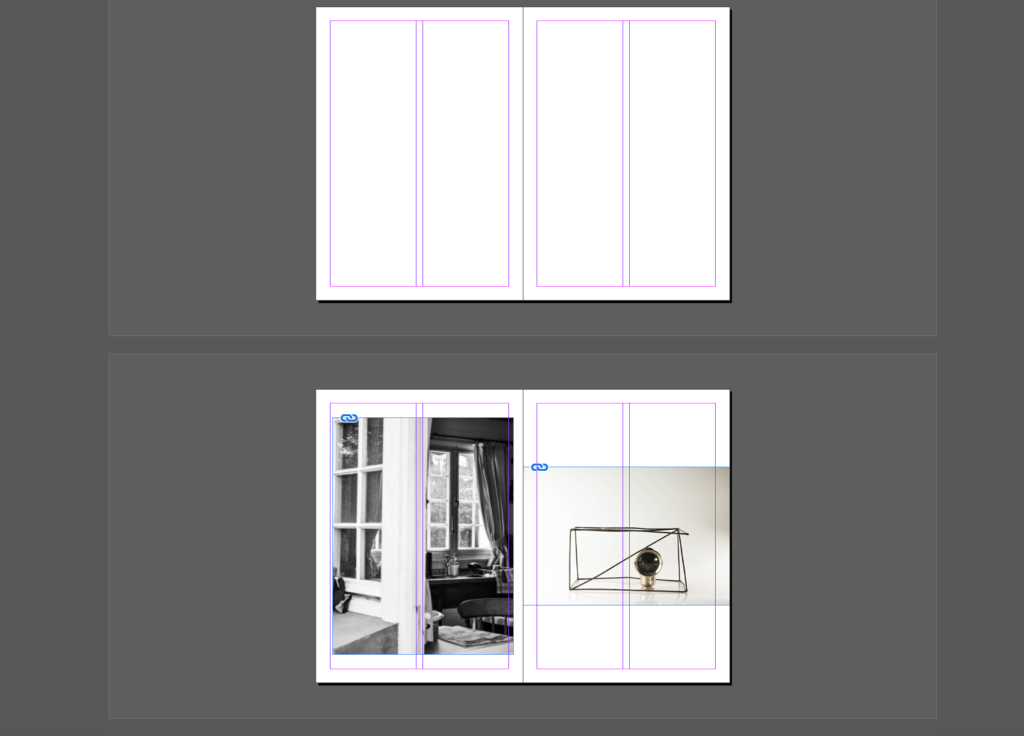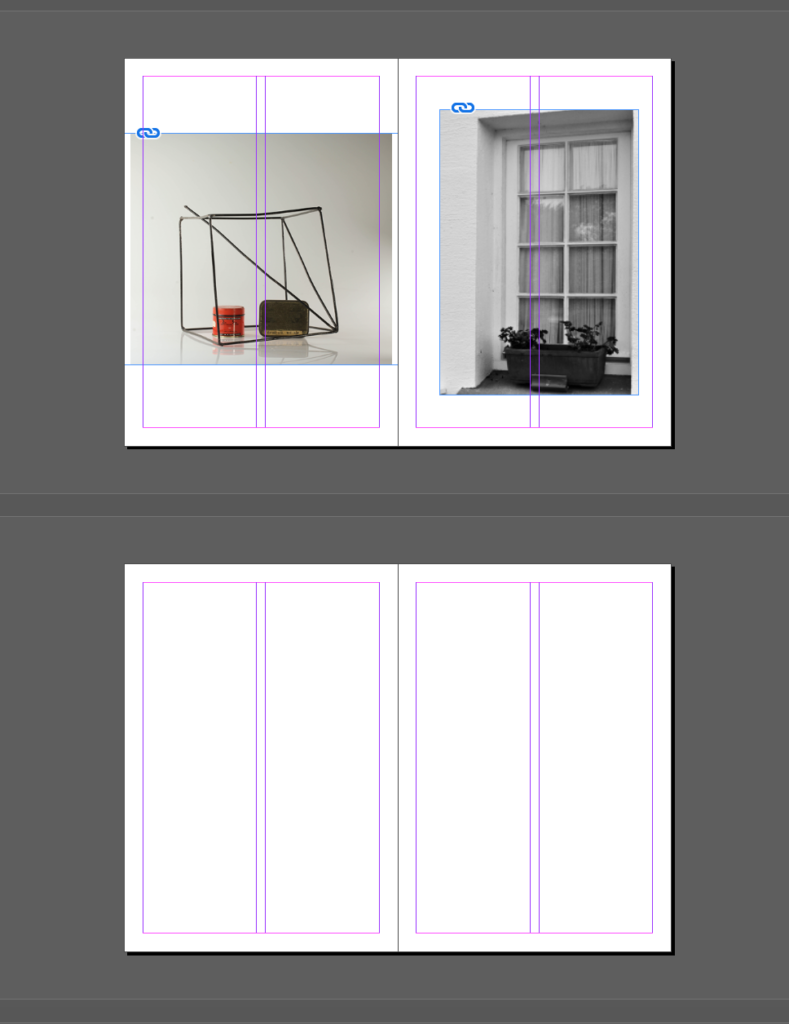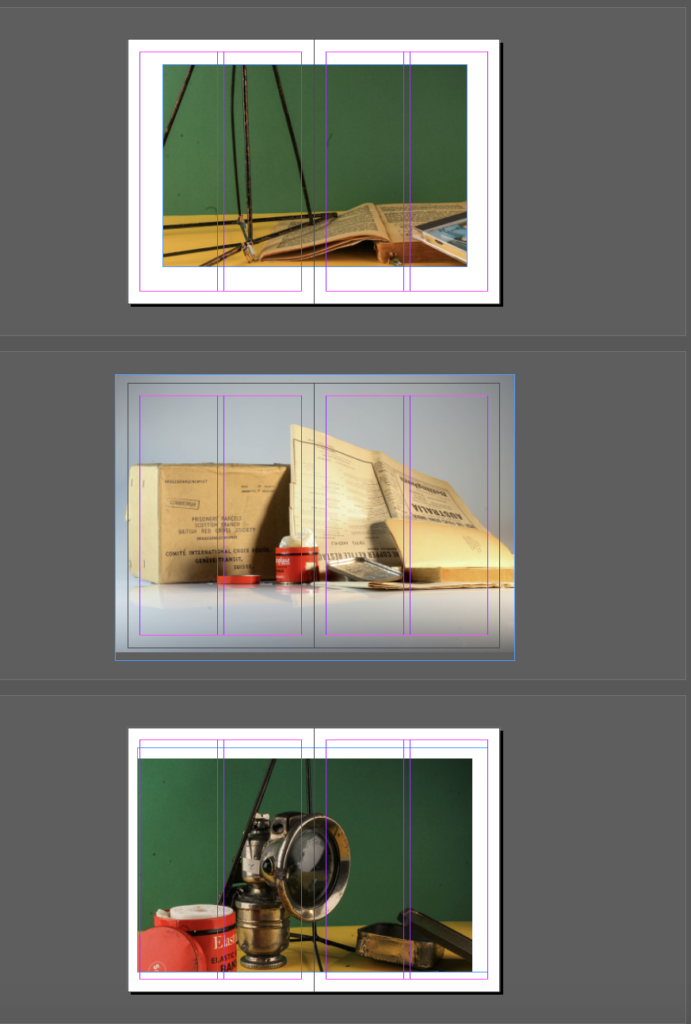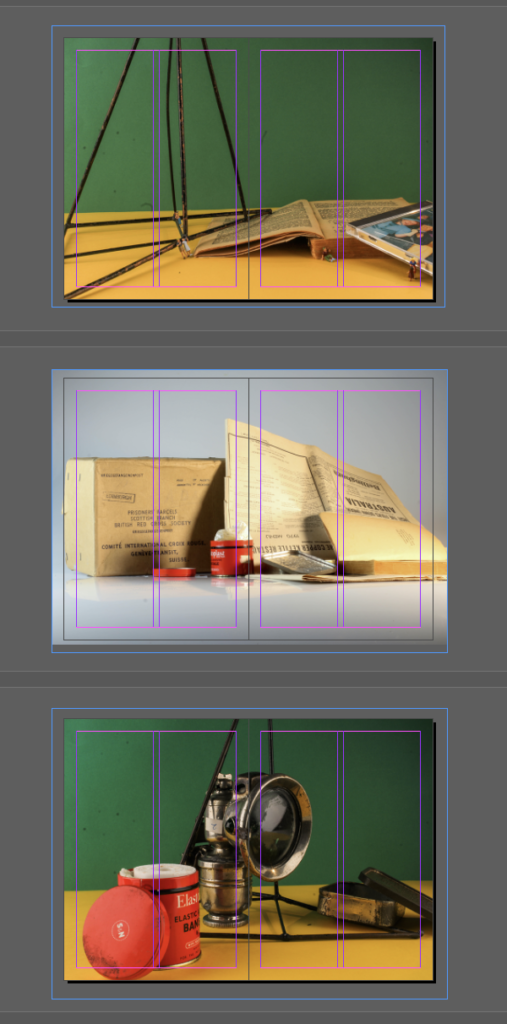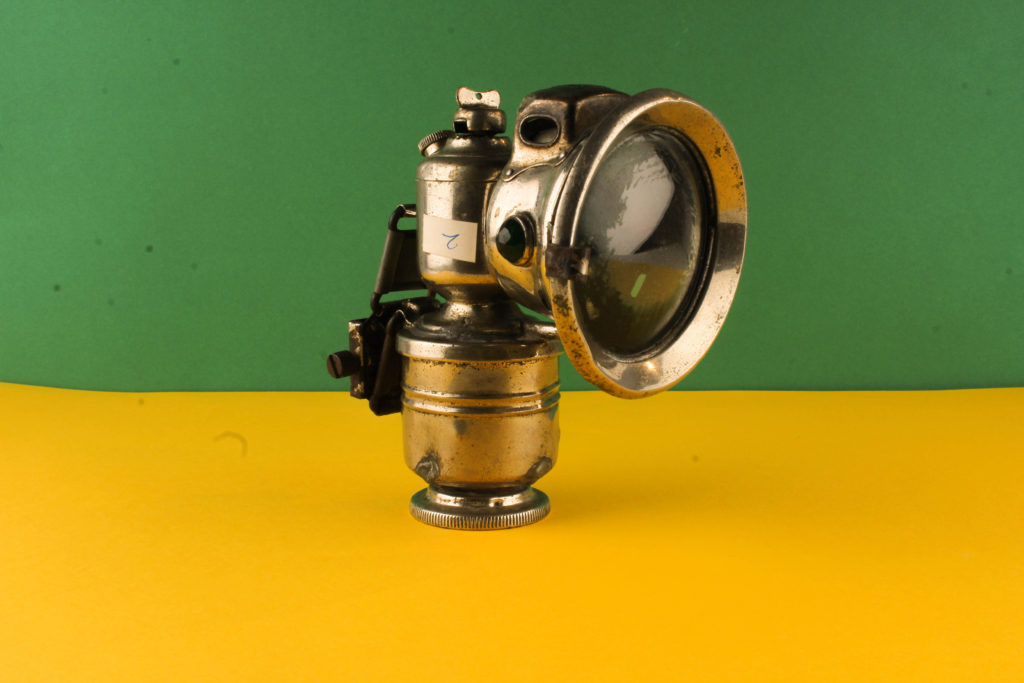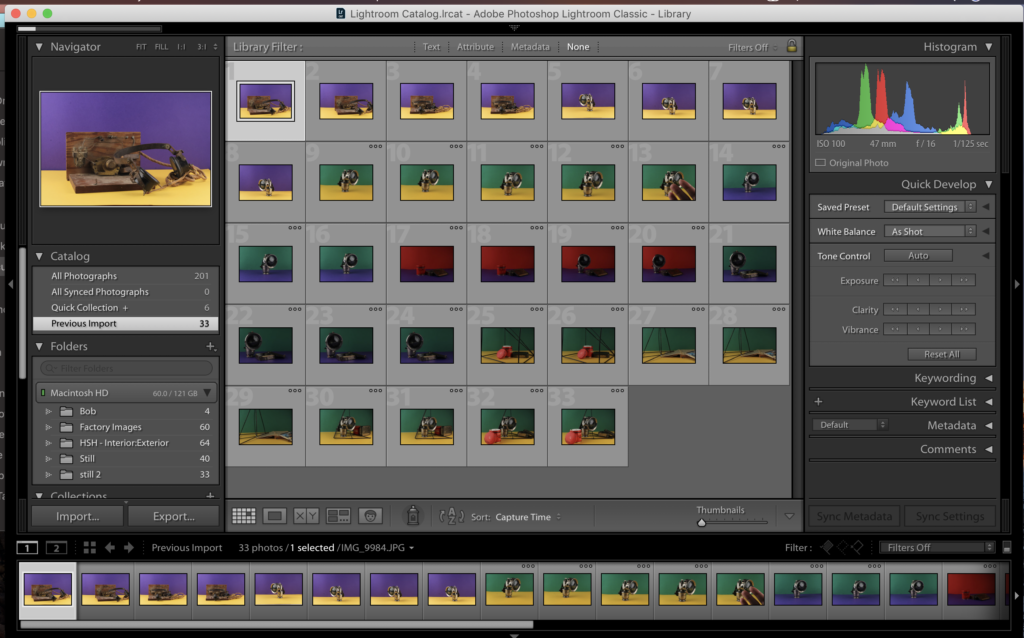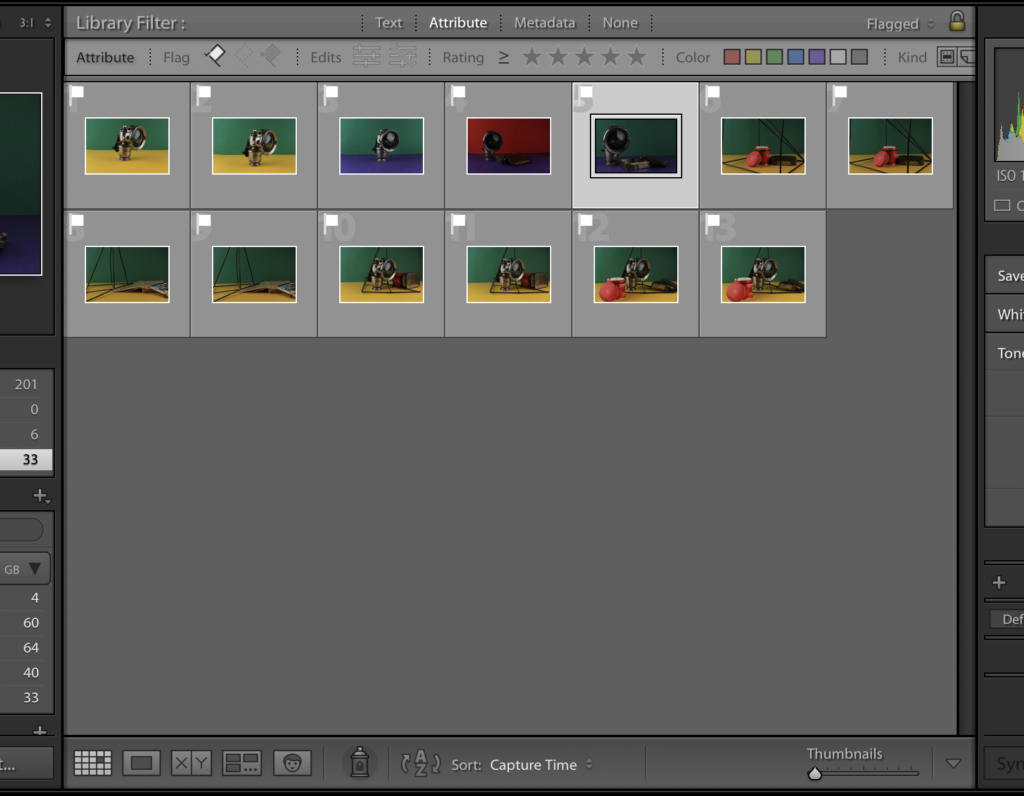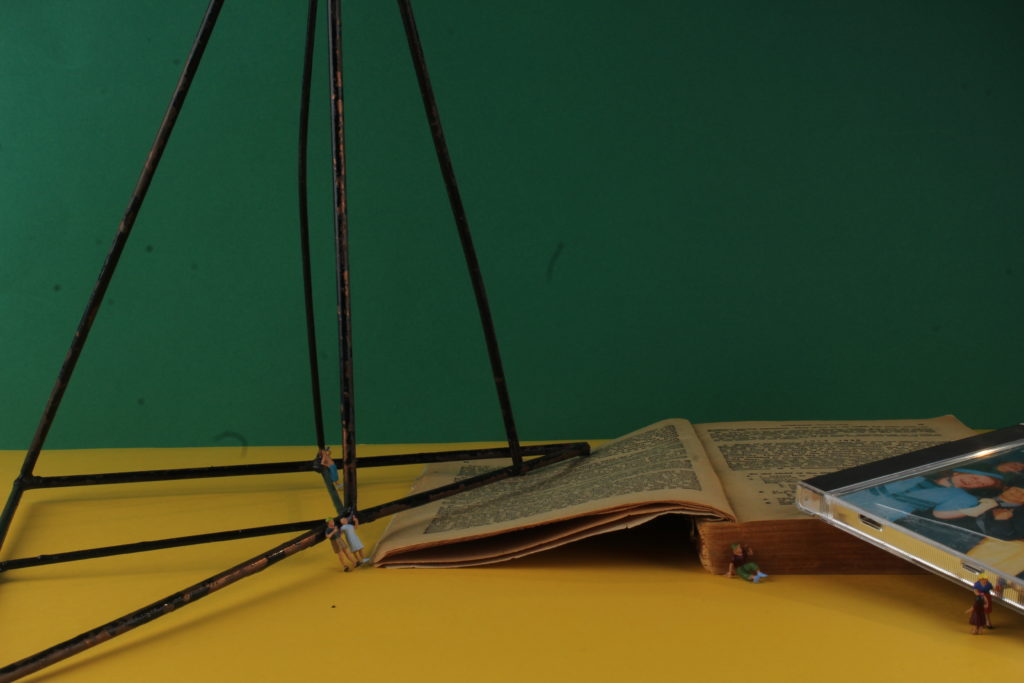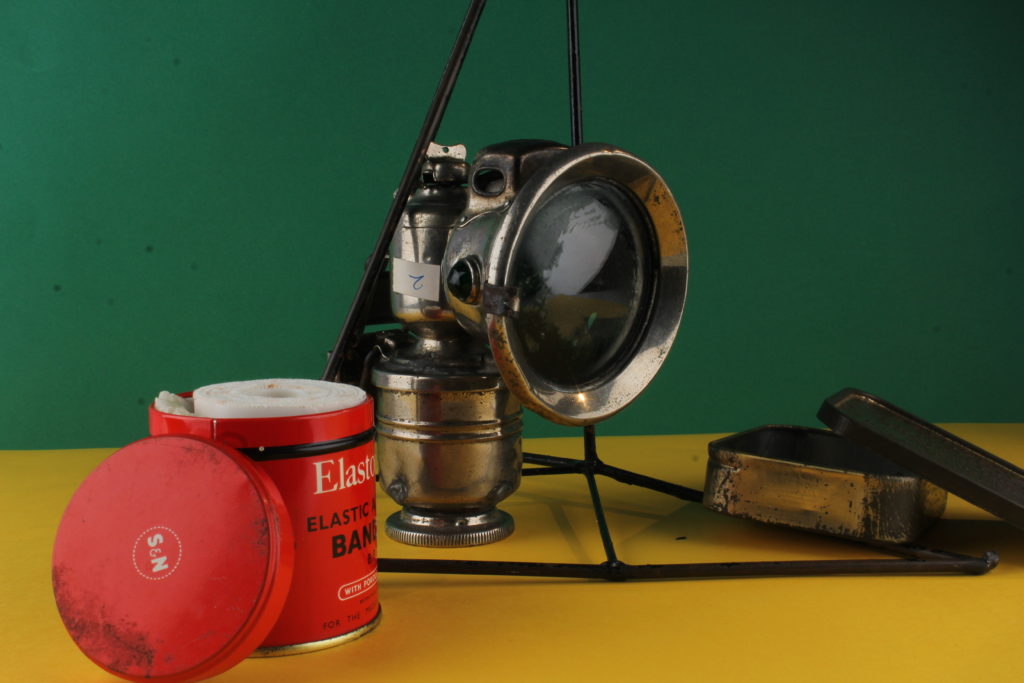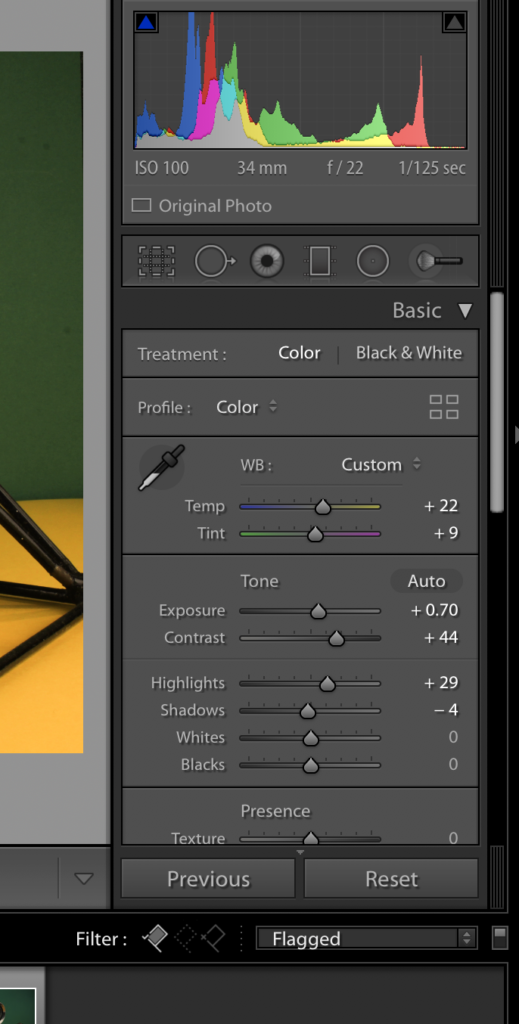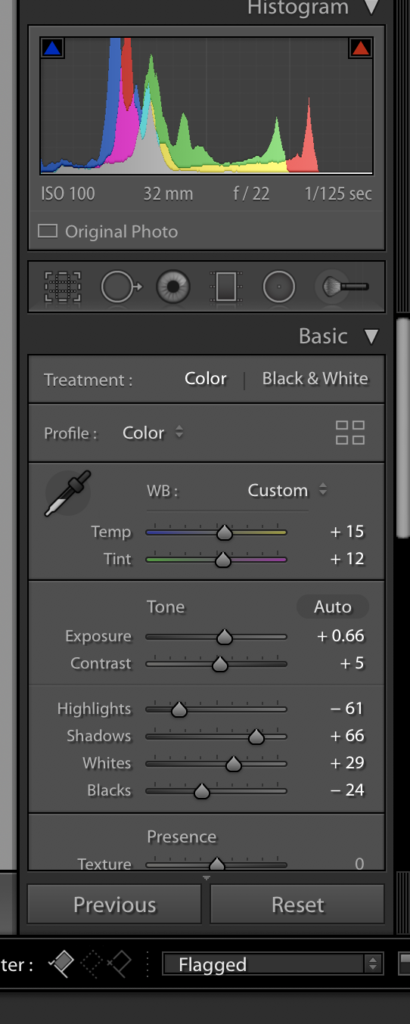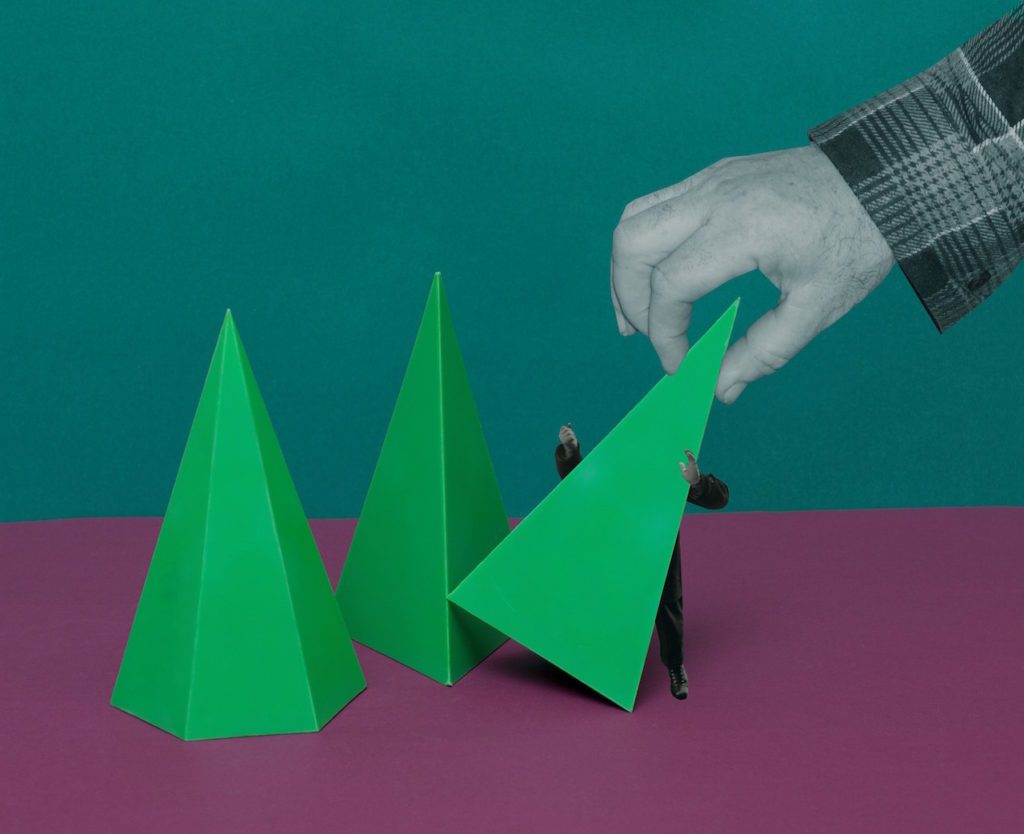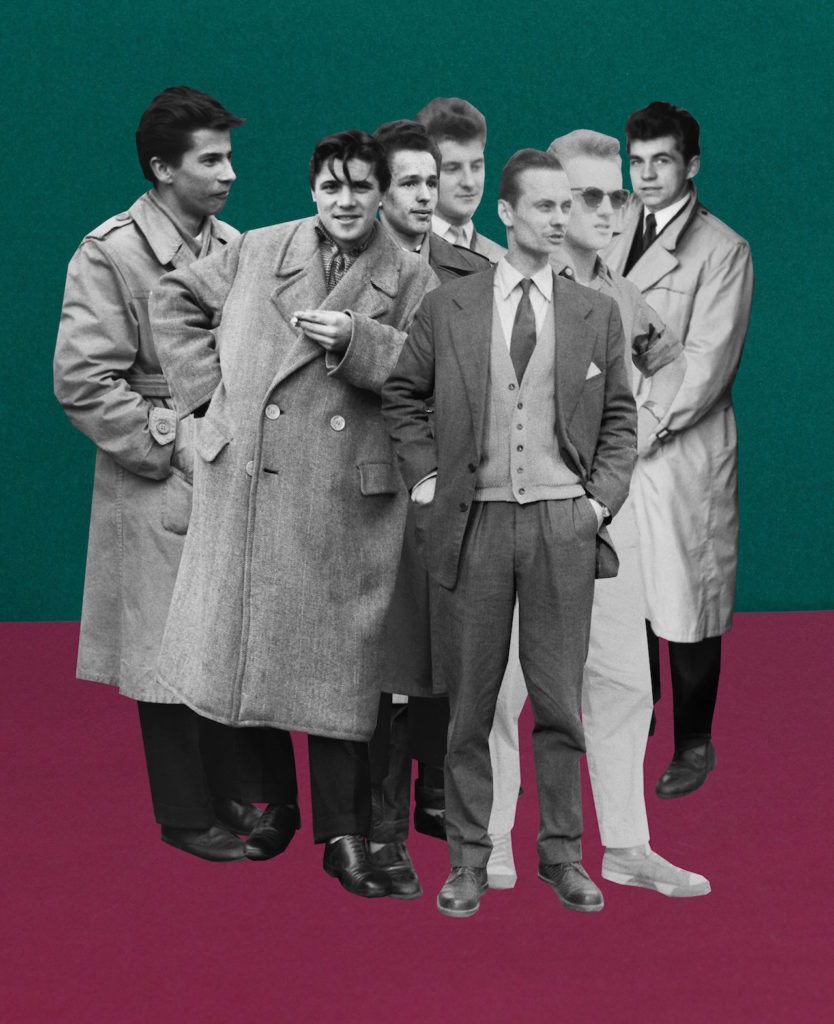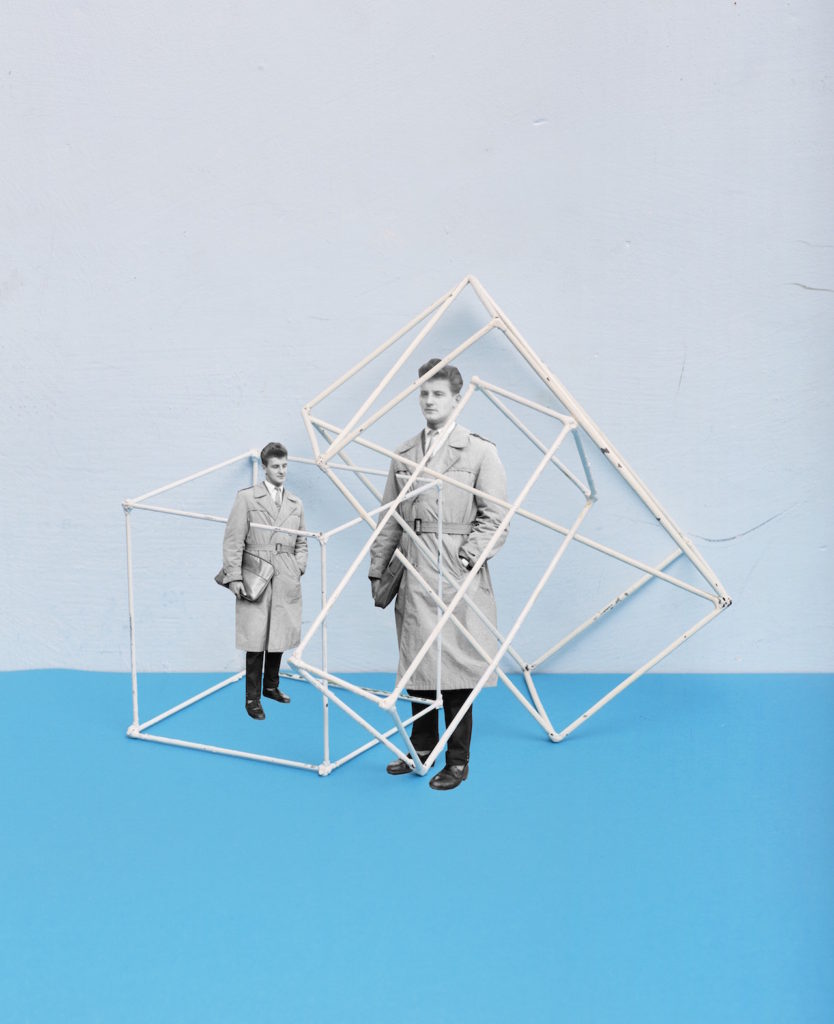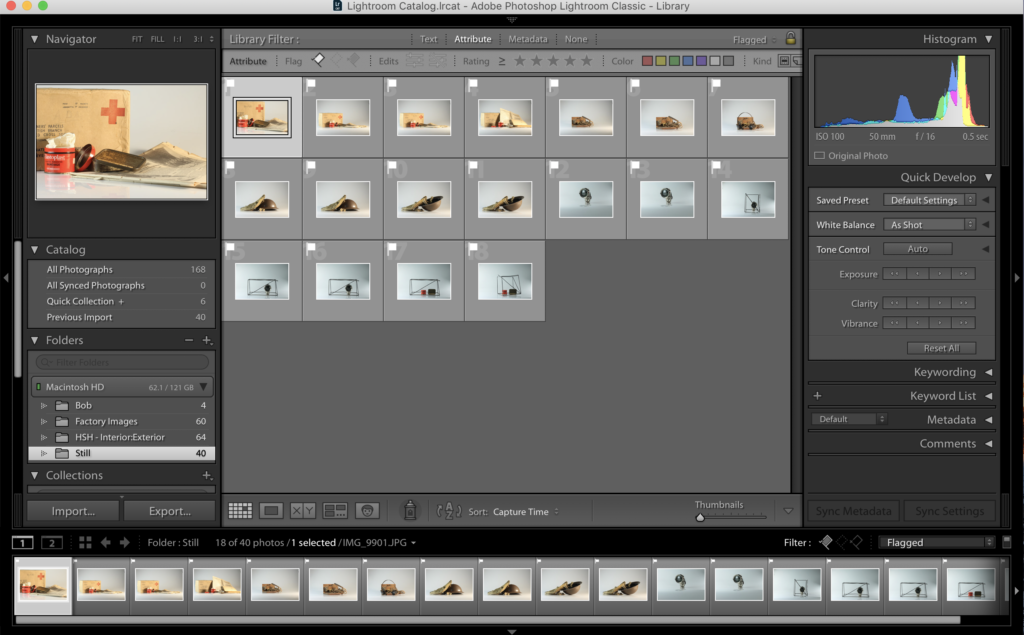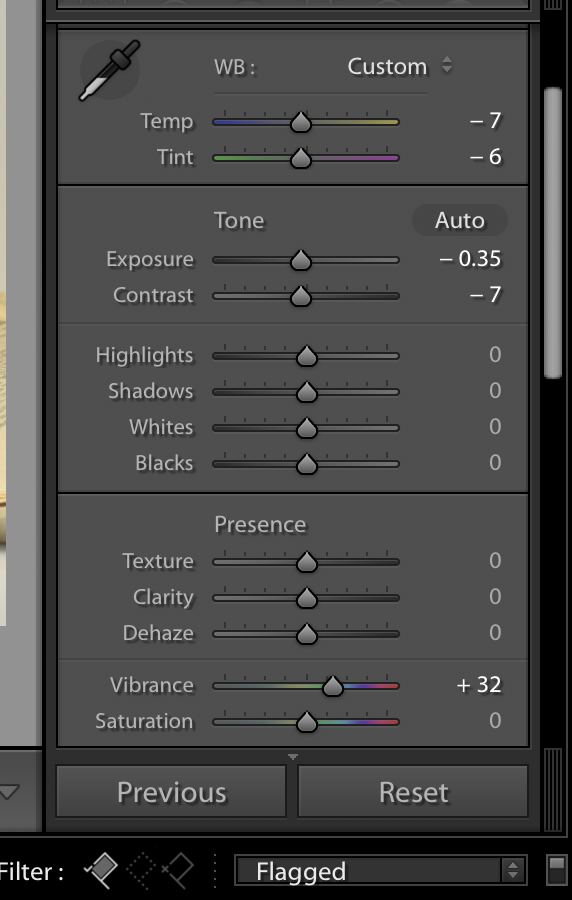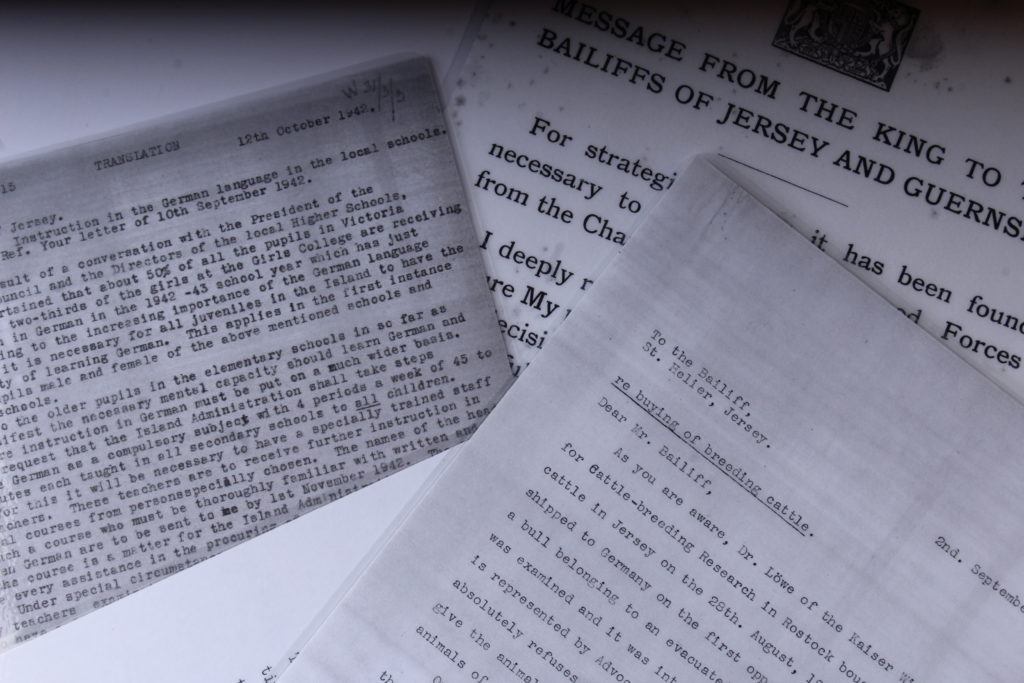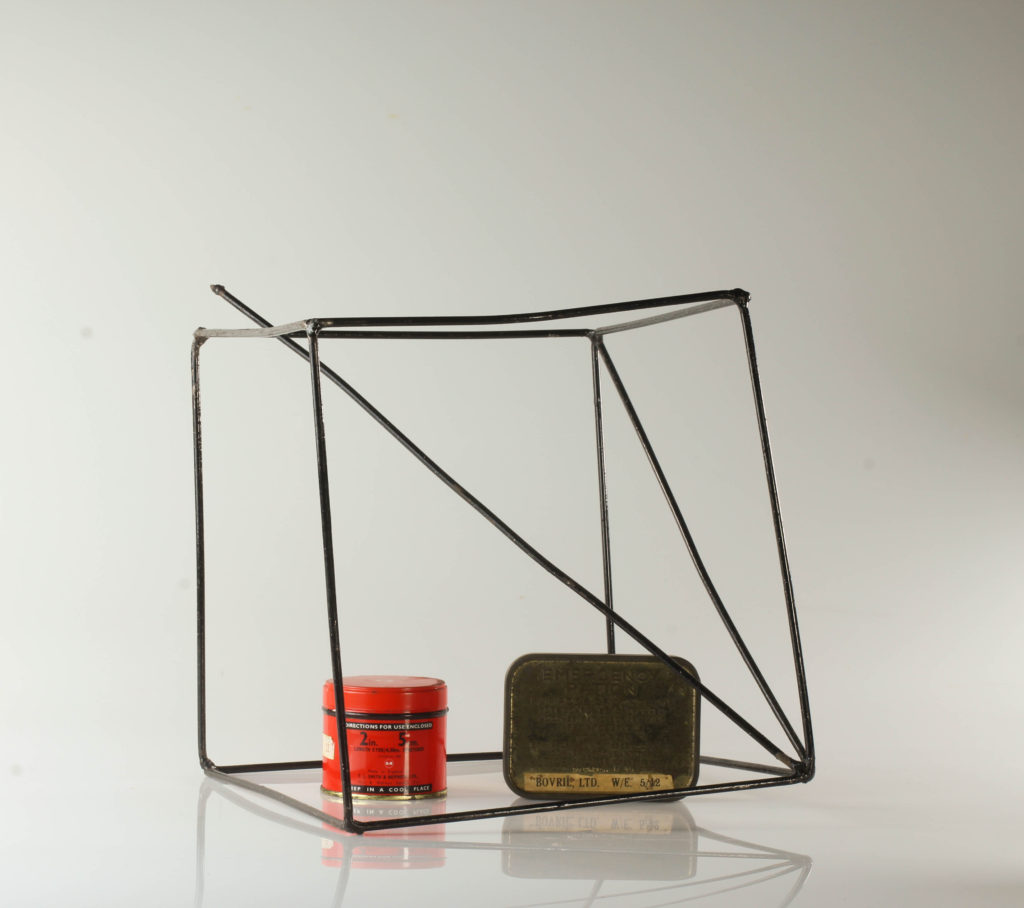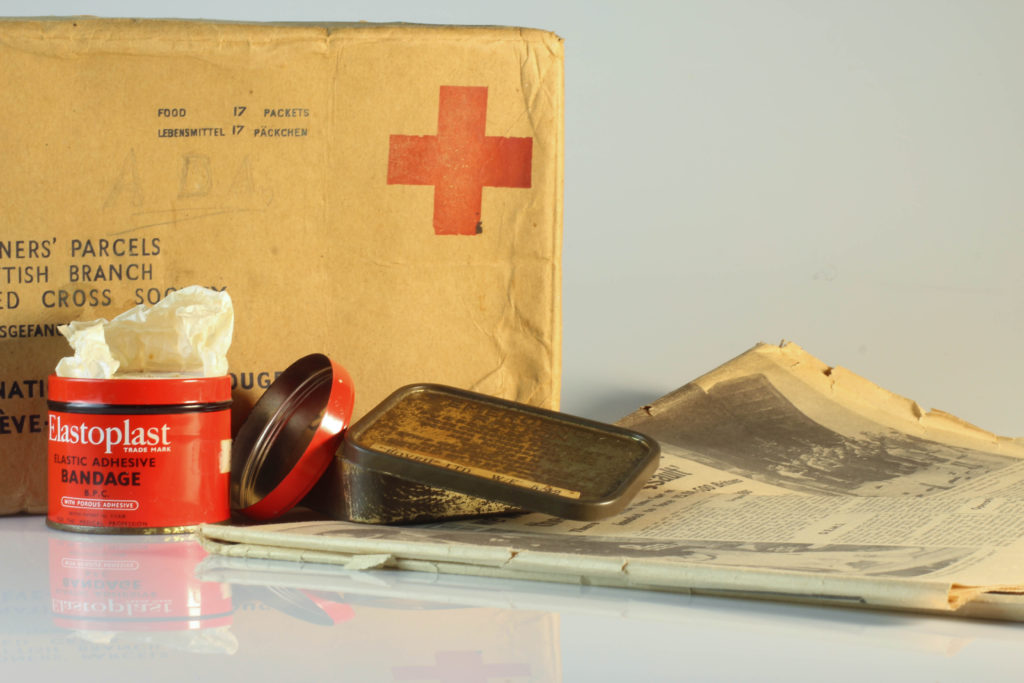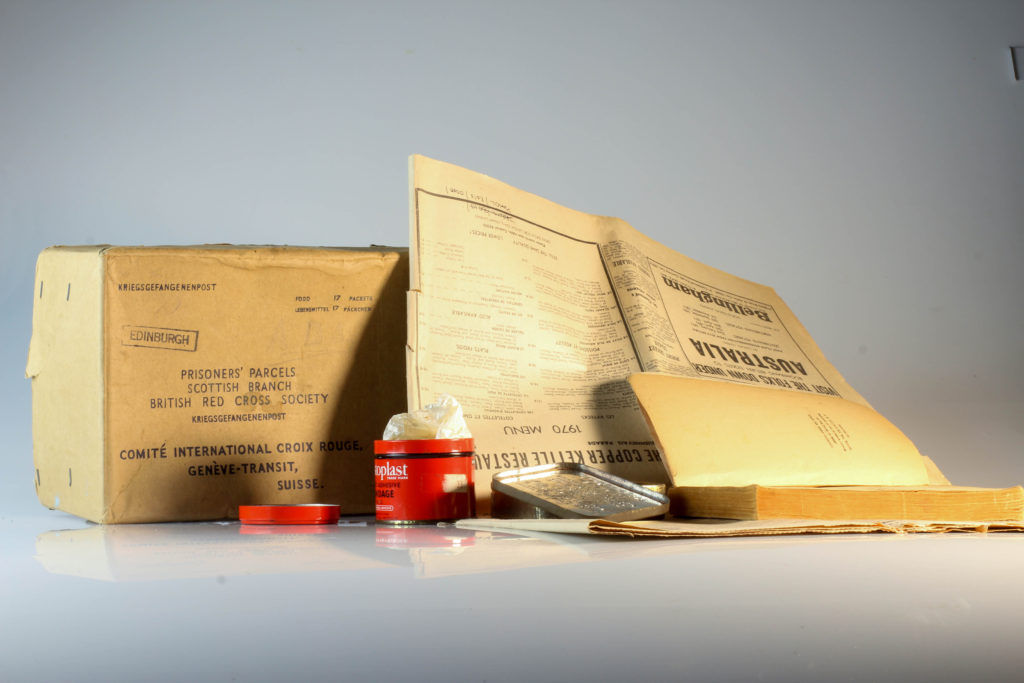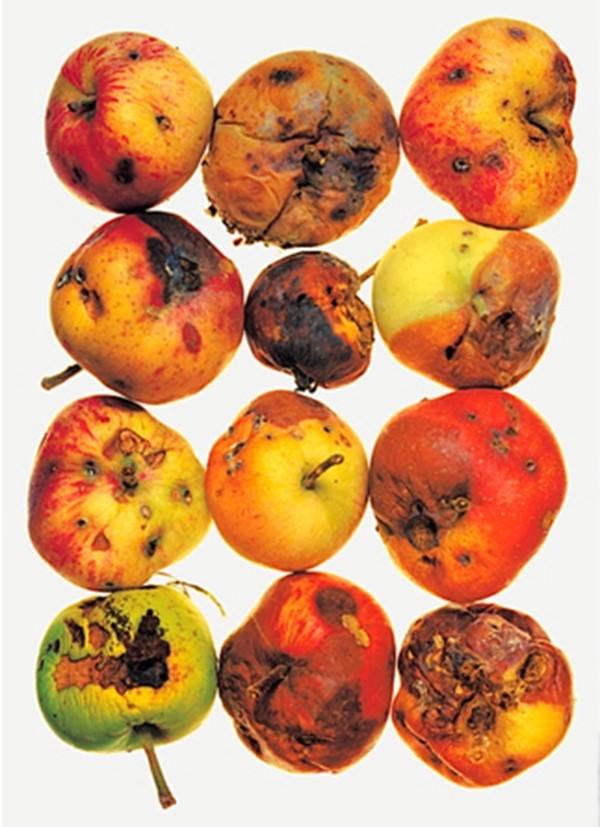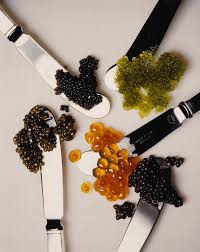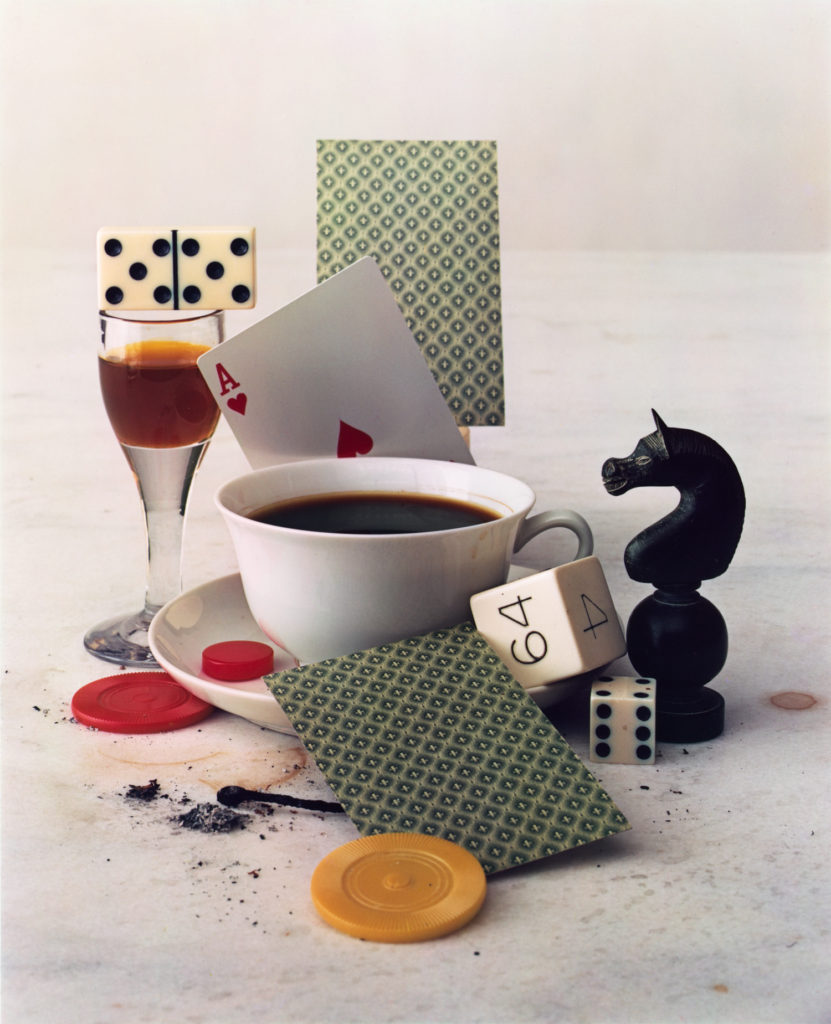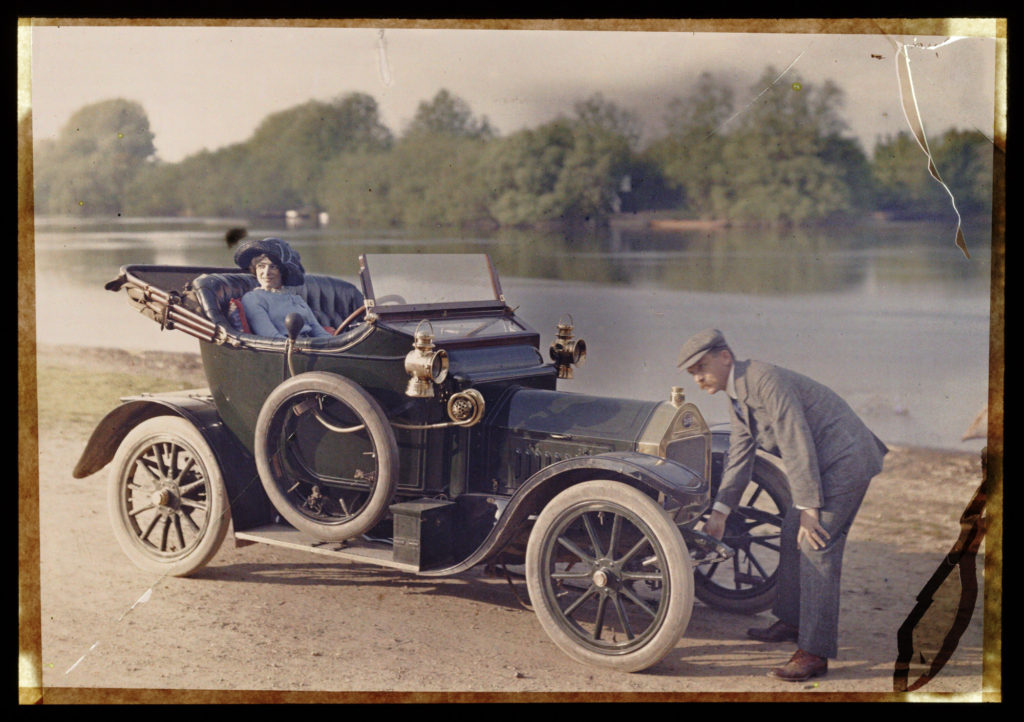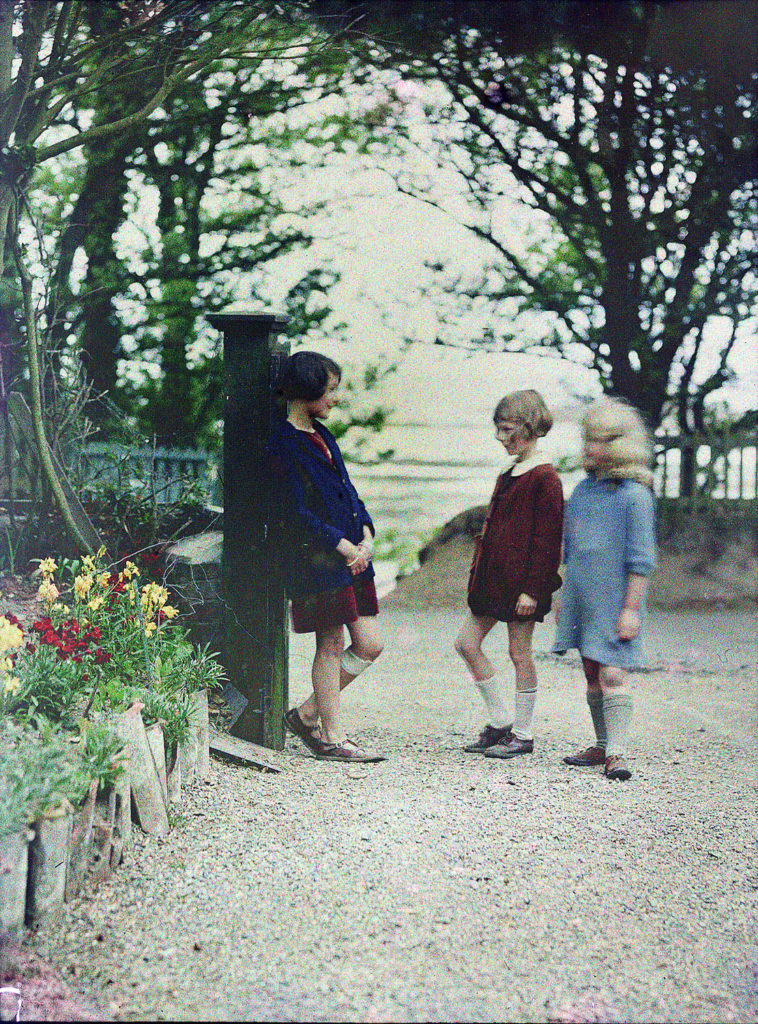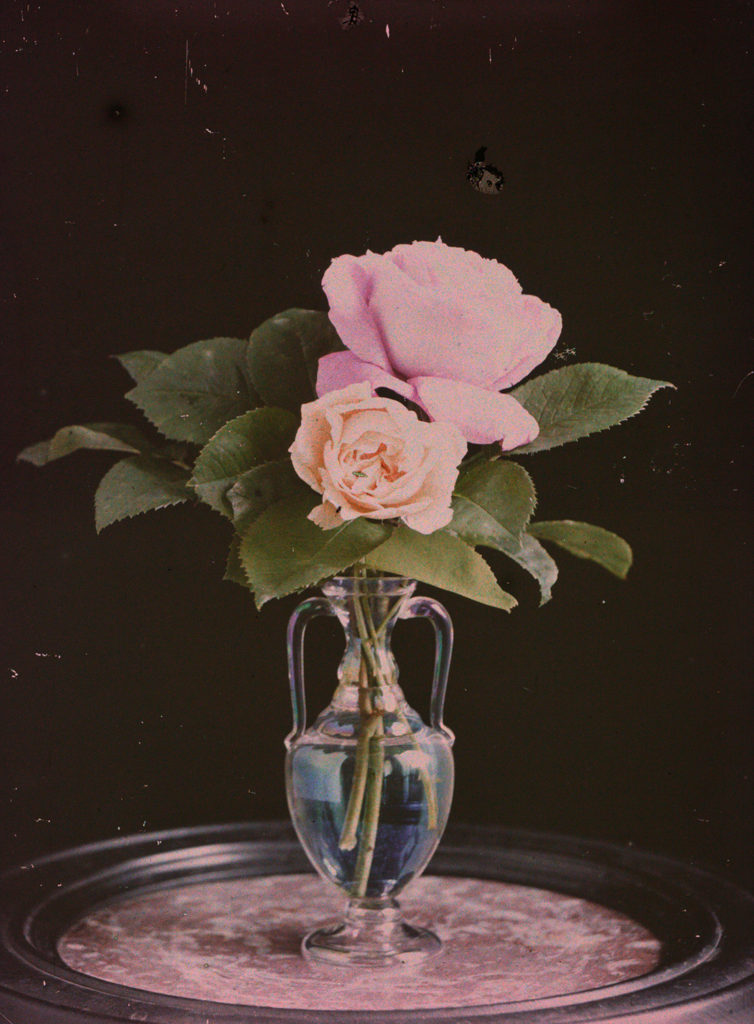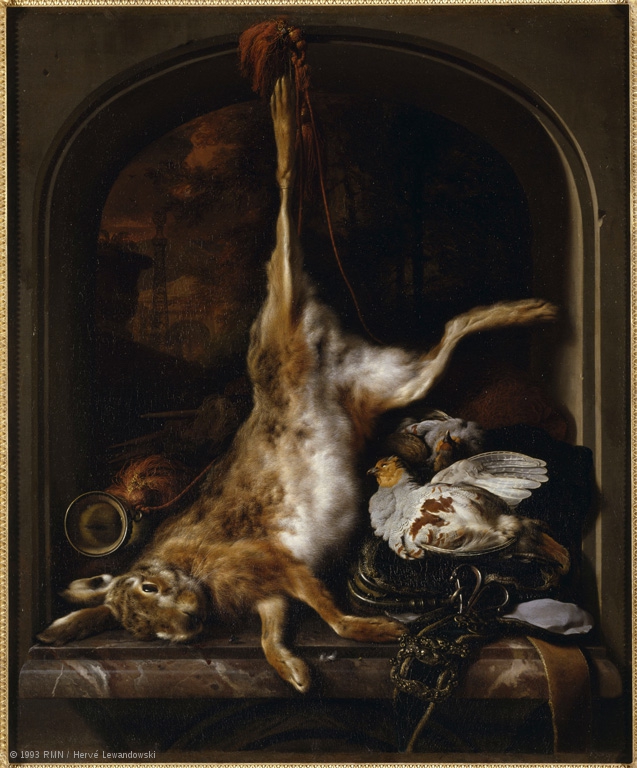While studying the topic of Occupation vs Liberation I looked into the three areas of Landscapes (Bunker Archeology), People (Occupation Babes) and Objects (Archival objects and photomontage). The overall process of the project taught me how to link and develop archival materials, both photographs, objects and writings, into my own work and photographic outcomes. Using the archival material also helped me to develop an understanding of how to go about finding and searching for the right archival material from the help of the Societe Jersiaise archive as well as the Jersey Archives. The use of archival material is something I feel would be useful to develop into my personal study as I feel it can add something to the already developed photographs, as well as the historical ones I feel creating a sense of context as well into the photographs which is something that I feel would be useful and enjoyable into the personal study.
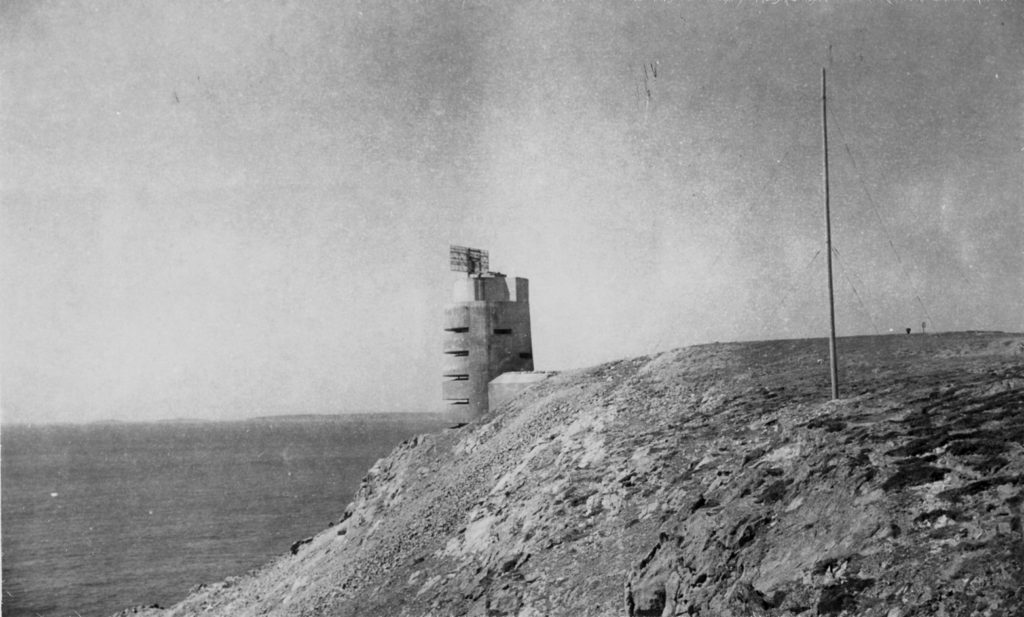
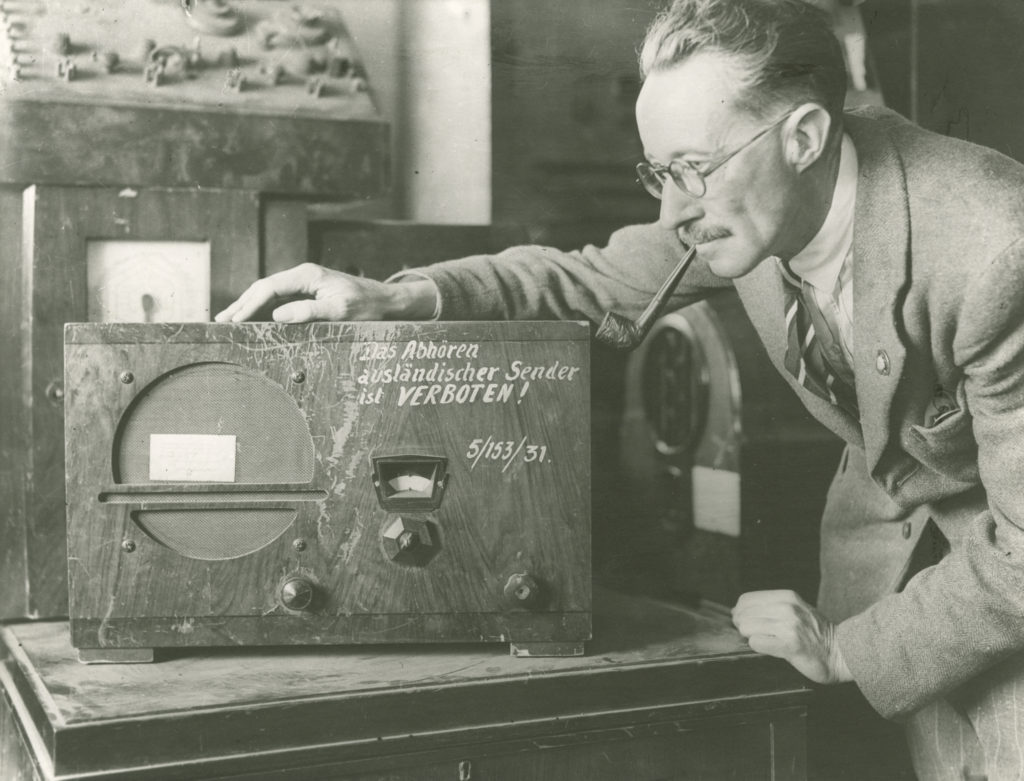
Archival Material 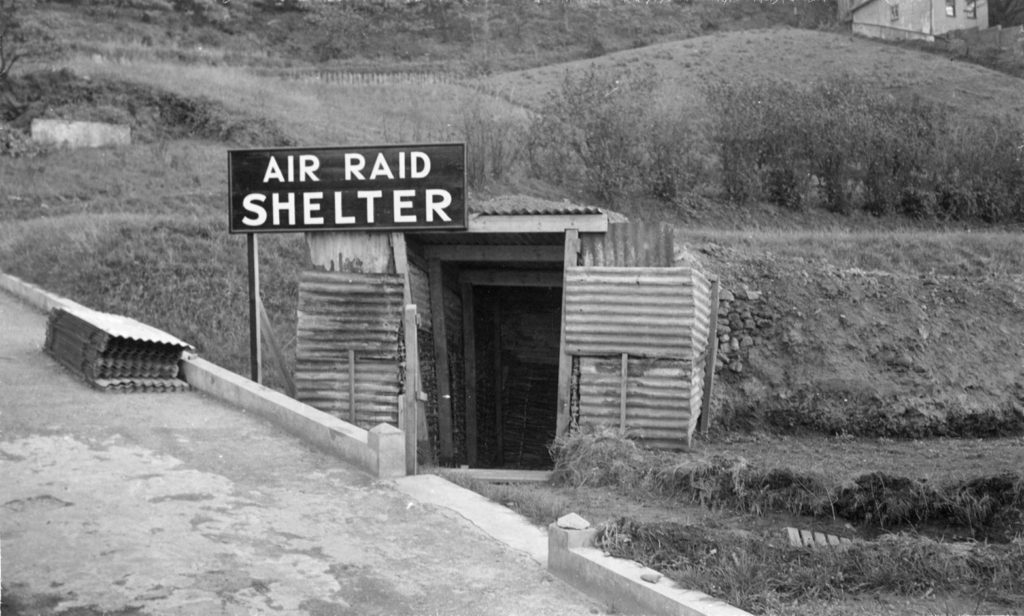
The act of producing portraits in the studio inspired me the most as I enjoyed the simplicity of creating the photographs and the stillness and simplicity of the outcomes. The portraits portion of the project helped me to develop my skills with photographing people who I have just met and understanding the importance of getting to know them and having time taken out to speak to them and listen to them talk as to gain a better understanding of them as a person and who they are, which will eventually lead to a better portrait being taken and better final outcomes. This I feel really helped me as previously I had taken portraits of people in a character however this was speaking and photographing a real person and getting to know them I feel really helped the photographs not be so static of them just of a person. Making them, however, a lot more personal.
I feel the objects section taught me the most skills that I would want to try and incorporate further in my personal study. The objects portion of the project was able to teach me about new techniques that I previously did not know about. The use of specific object photographing tables and how to produce the right lighting around this, as well as how to photograph flat objects with my camera raised and flat above the objects.
The landscapes portion of the project was something I struggled with inspirationally however I feel the end outcome of the zine was most successful. Learning to work in different weather conditions which produced continually changing lighting was something I found difficult and the idea of framing images and what was going into frame I found harder with landscapes rather than portraits and objects. Landscapes is something I would be hesitant to reach into again in the personal study unfortunately.
The overall end outcomes from these mini projects, my zine’s I feel did turn out successful and has given me good insight into how I can go forward to develop my photo-book at the end of the personal study.
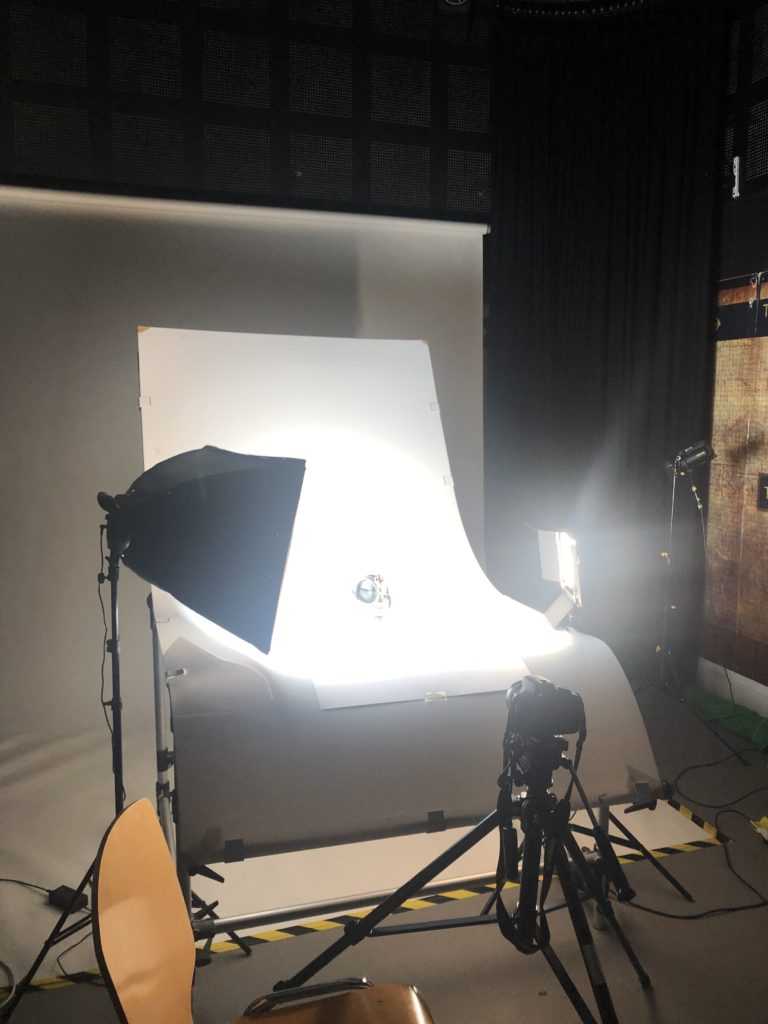
Objects set up 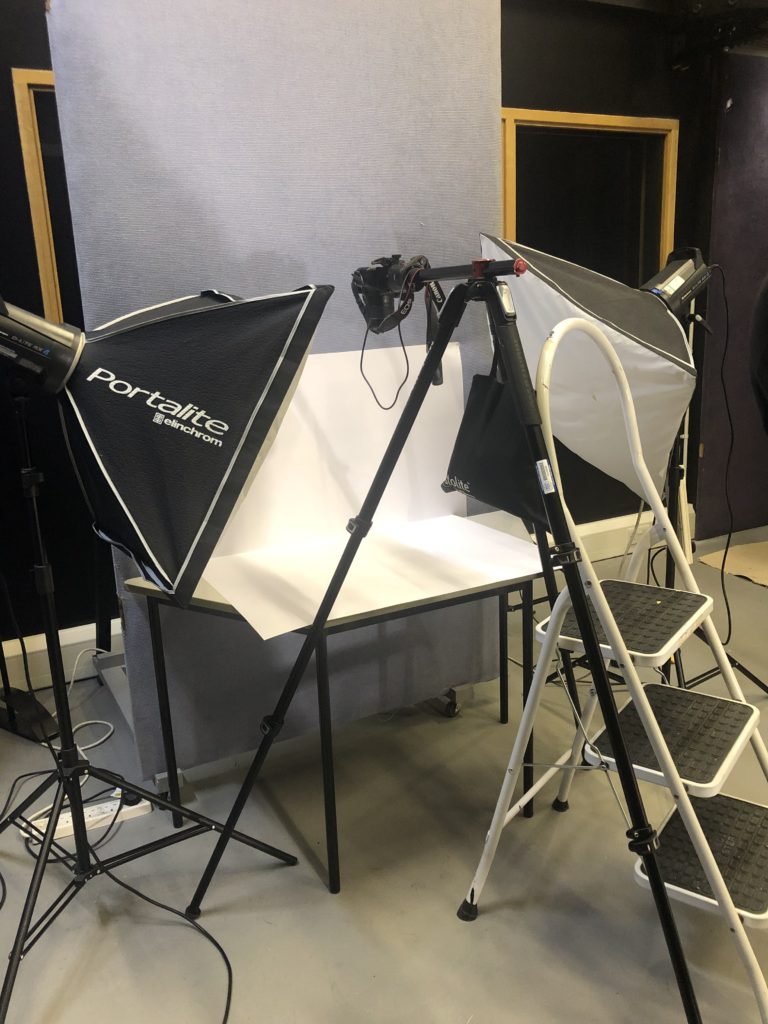
Objects set up 
Portraits

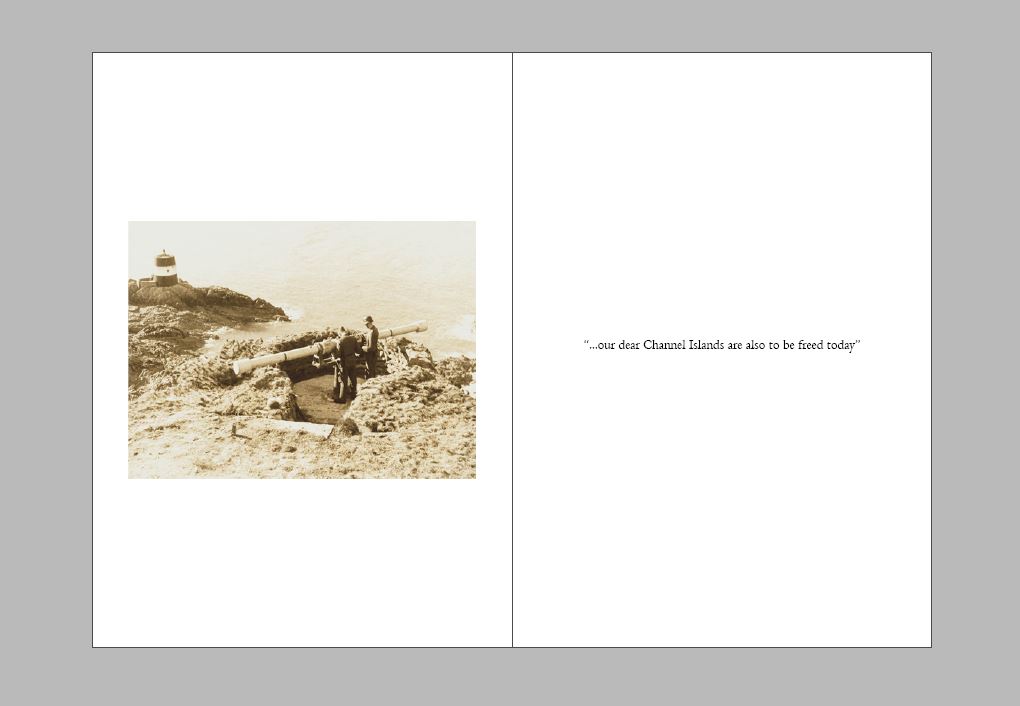
Snapshots from my zine 

